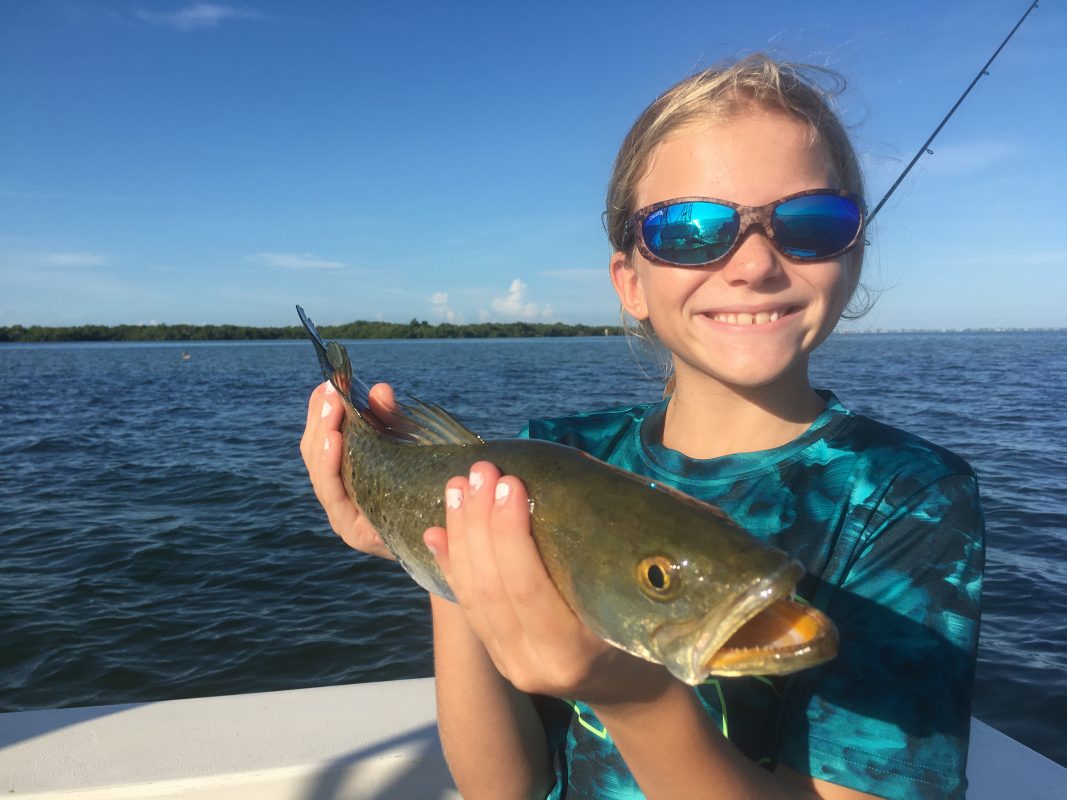Mangrove snapper invade structure, coolers
If you enjoy catching mangrove snapper, fishing around Anna Maria Island might be a good choice.
These little snapper have invaded every piece of structure in Tampa Bay and its adjacent inshore waters. Fishing reefs, wrecks, rock pile, bridges, piers and even some grass flats is yielding catches of these popular fish. As for bait, a variety will work — live shrimp, live shiners or frozen sardines — to get these fish to bite.
Although these fish are in abundance, there are times when they can be leader shy. This being said, you’ll want to carry some varying sizes of fluorocarbon leader. I usually start with 20-pound test and it they don’t like that, I scale it down to 15-pound. On occasion, they’ve even shied away from the 15, so I use some 10-pound. Using 10-pound is kind of “living on the edge” but it may be the difference of being successful at catching these smart little fish.
Hook size also may play a factor. As of now, I am using a No. 4 Mustad hook. These small hooks can be buried inside of a bait concealing them from the great eyesight that the mangrove snapper possess. Other tactics you may wish to employ are live chum or a frozen chum bad. This really gets them fired up, which in some cases puts them as ease, which makes them more apt to take a bait.
Other catches occurring around Anna Maria Island include Spanish mackerel and catch-and-release snook and trout. All three species are being caught in respectable numbers.
Venturing offshore is producing good action, especially for American red snapper. Limits of these tasty large snappers are being caught by anglers willing to make the long treks to the offshore fishing grounds.
On my own Just Reel charters, I’m seeing limits of mangrove snapper being reeled up. Using small shiners or “hatch bait” is proving to be deadly for the mangrove snapper.
While targeting the snapper, I’m seeing an abundance of Spanish mackerel as well as jack crevalle and some ladyfish.
On the flats, the catch-and-release snook bite has settled down a little after the last full moon, but I’m managing to lead my clients to some good action.
Lastly, catch-and-release spotted seatrout are being found over deep grass areas during swift moving stages of the tide.

